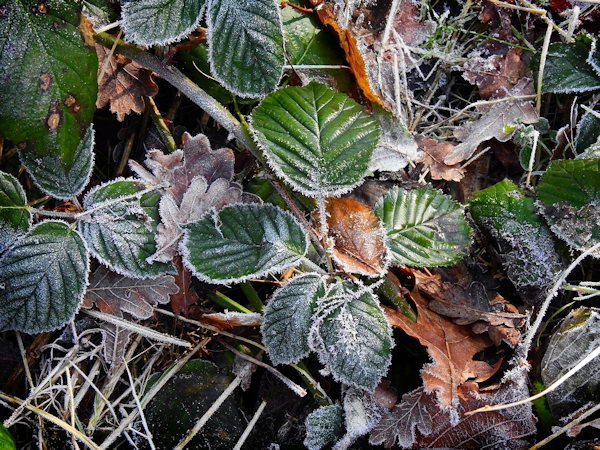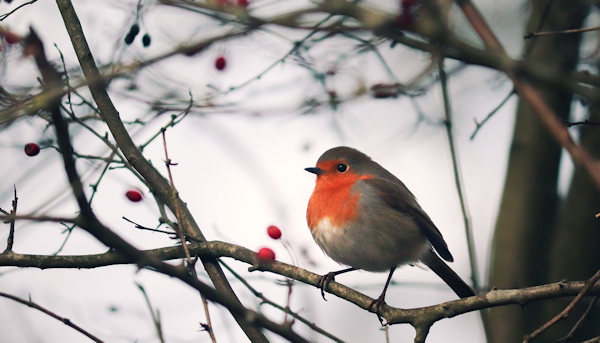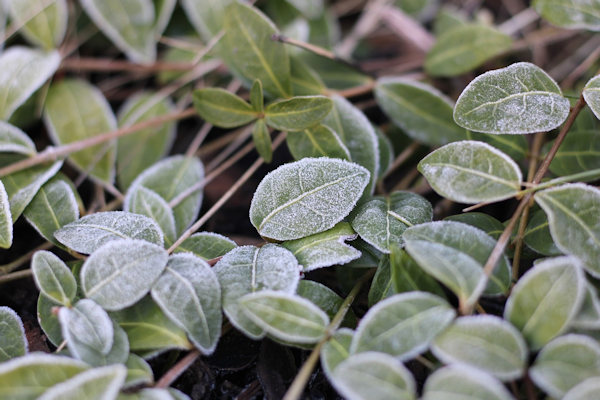Into The Garden - November
As winter fast approaches, there are still jobs needing to be done outdoors. Though the garden may not be as bright or warm as than it was during the summer, life and greenery is still hiding amongst the autumn colours. Now is the perfect time to wrap up in some extra layers and tackle those winter maintenance jobs.
Winter maintenance and plant protection

Keeping your garden looking neat and tidy throughout November can seem like a losing battle. With the combination of wet weather and falling leaves, the garden may become a land where no one dare to enter.
Trees will be bare after losing all their leaves during autumn, with some still hanging on until the next strong winds. Fallen leaves will begin to decompose, which can make for an unsightly garden floor and potential slip hazard! During mild or dry days, it is best to collect the leaves where possible to give new growth underneath a better access to light. Gathered leaves make for a great addition to compost heaps, or can be bagged up for disposal.
One thing we are all familiar with during November is the rain. Though our gardens can tolerate an increase in water during this time of year, potted plants and containers can easily become waterlogged. Having an excess amount of water build up can result in root rot or bacteria. To avoid this happening and ensure your pots can drain sufficiently, add pot feet underneath to raise the plant off of the ground.
When the mornings begin to get colder and frost sets in, plants can become susceptible to freezing. Keep delicate roots warm with a layer of bark or mulch to trap in the heat. When the temperature drops below zero, you may want to opt for a fleece or frost guard to cover delicate foliage too.
Shop leaf clearing tools at Longacres, here.
Shop plant protection at Longacres, here.
Encourage wildlife into your garden this winter

As plant growth in the garden is slower during November, food sources can be hard to find for wildlife. In addition, trees are bare and the ground becomes hard making it more difficult for wildlife to find shelter during the harsh weather. There are many ways you can help our garden inhabitants and here are some of our favourite options.
Bird feeders – available in a range of styles, including seed feeders, suet balls or nut feeders. These are great to attract a variety of wild birds.
Feeding tables – perfect for larger bird species, squirrels or even wild parakeets.
Bird houses – provides shelter to birds from predators or harsh weather.
Insect hotels – good place to shelter for small and delicate insects during the cold.
Hedgehog homes – as the grass grows slower and logs are burnt during bonfire night, shelter can be sparse for hedgehogs, meaning purpose-built homes can provide great safety for hibernation through winter.
Shop wild bird essentials at Longacres, here.

Cold weather planting
Fruit trees
Though fruit trees may not look like much during winter, this is actually the best time to plant them. You will want to have them planted before the ground freezes, as this can make it hard for roots to establish. When looking for the perfect spot, find somewhere with good sunlight and well-draining soil to give the tree the best growing conditions.
Shop fruit trees at Longacres, here.
Hardy vegetables
Most gardeners will pack away their growing supplies at the end of the summer period, however the cold weather shouldn’t be a reason to stop growing food for harvest. Growing hardy vegetables during winter can be very rewarding, and will actually result in a sweeter produce following the first frost. Root vegetables such as parsnips or beetroot, and robust produce such as sprouts or kale can be grown over winter for harvest at the end of the year or early in the new year.
Winter colour
A reduce in temperature should not mean a lack in colour throughout the garden. There are many varieties of flowering plants which thrive during November to add a pop of colour to calm, autumn shades. Helleborus are a great option to add to garden beds, with their pointed petals blooming in late November. In addition to this, winter pansies are a popular choice for their wide variety of planting options, from hanging baskets to containers or garden borders.
Shop winter colour plants at Longacres, here.








